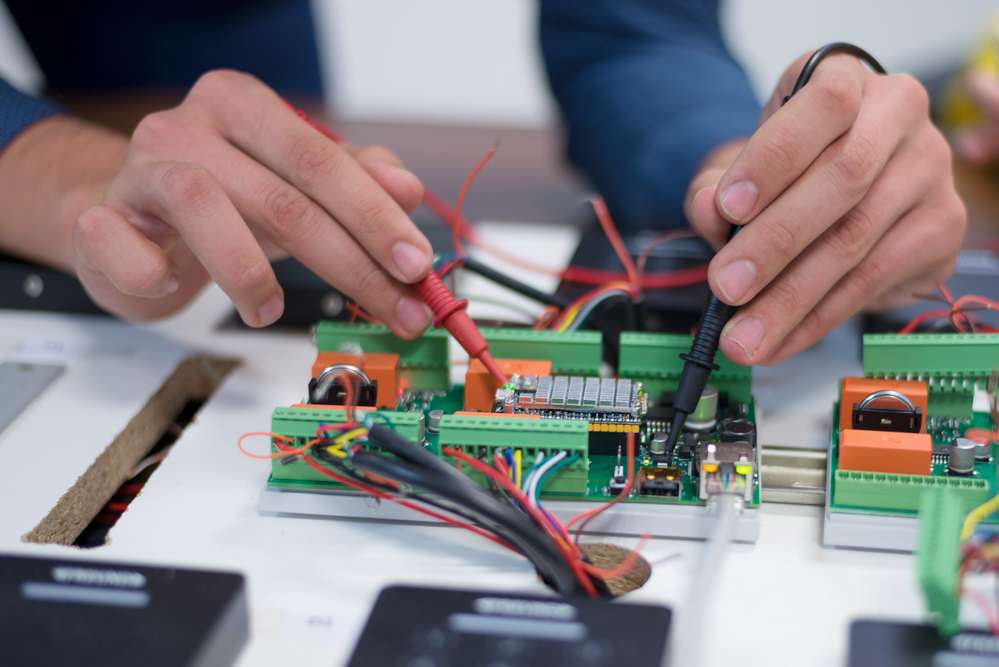
Robots are no longer the stuff of science fiction books and movies. They have become integrated into every facet of our lives – from picking and packing boxes in a warehouse to working on space stations.
While they may seem like a huge investment, robots can be found in small to midsize businesses across the country. Unlike humans, robots won’t get tired, require salaries or benefits, and never call in sick – or require training.
Having robots on an automated line or serving another role in an operation can speed up production while reducing error. This application allows industries to use their personnel wisely, by placing them in positions that a robot can’t fill.
Robots aren’t perfect, and over time their electronic components can begin to show signs of malfunction. While internal components and overall design contribute to their durability and dependability, robots still require maintenance and electronic parts replacement over time.
What to Look For:
Accuracy
Robots are machines, so signs that they’re beginning to fail are similar to those you see with other machinery.
Robots are programmed to perform their jobs on a consistent and accurate basis. In some cases internal electronic components that help control sensors and motors can be damaged and affect the machine’s ability to properly do its job. If you or your team are seeing inaccurate results from a unit, there could be an internal electronic component that’s become damaged.
Internal Electronic Components
While industrial robots are built for heavy usage, power surges or other disruptions can corrupt motherboards, sensors, and electrical contacts. Check to see if the robot is not functioning as it should. For example, not responding quickly to its pre programmed routine, or “forgetting” how to perform its job.
Optics
Multiple sensors and cameras are used by some robots to assist with depth perception and defining their workspace. Over time, these cameras can become cracked or malfunction due to an electrical surge, mishandling, or even from too much dirt and grime on the external and internal lenses.
Wiring
The internal wiring that helps the robot do its job can crack or wear if it was improperly installed or made from substandard material. A poor wiring job – or breakdown due to excessive use – can cause shortages and disrupt the flow of electricity. While you can’t see internal wiring with the naked eye, refer to the service manual so you can assess the situation and determine if repair is required.
Servos
The components that help robots operate are also subject to wearing down and malfunctioning. There are multiple factors that play into this problem, including overheating, electrical surges, built up moisture and familiar culprits like dirt and vibration. Any of these forces can lead to decreased performance, and if not fixed, failure and breakdown.
ACS Industrial Can Help
Industrial robots save time and money, and they have a high ROI – but like other machines, electronic components can wear out or cease to function.
ACS Industrial experienced team can help diagnose and repair electronic problems that may be keeping your robot from running at full capacity.
Before you consider purchasing a replacement, remember that repair can often save as much as 80% of the cost of buying a new piece of equipment.
Need Industrial Robotics Electronics repair and service? ACS can help. Learn more at our Robotics Repair Service page.
When you work with us, our services can save you time and money.
- Most repairs are back in your hands in 7-15 days after approval.
- Our Rush Repair Service ships in just 2-5 days after approval.
- We Guarantee Our Repairs With A Full Two-Year Warranty.
- For a Free Evaluation, use our RMA Form link or Contact Us. You can also reach us at 800-605-6419 and speak to someone on our customer support team.
